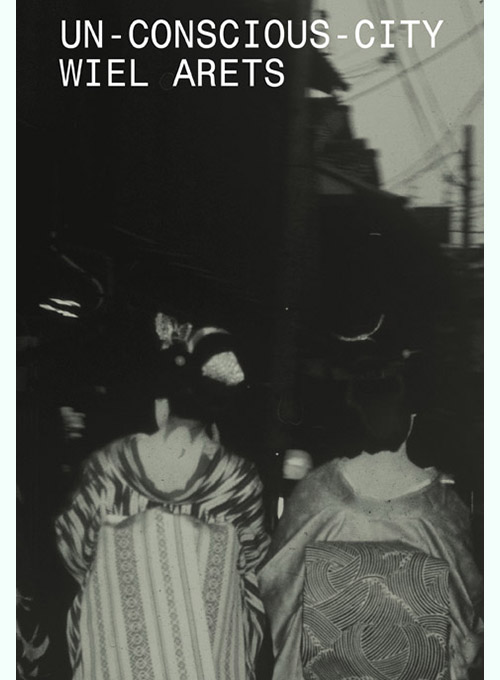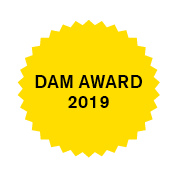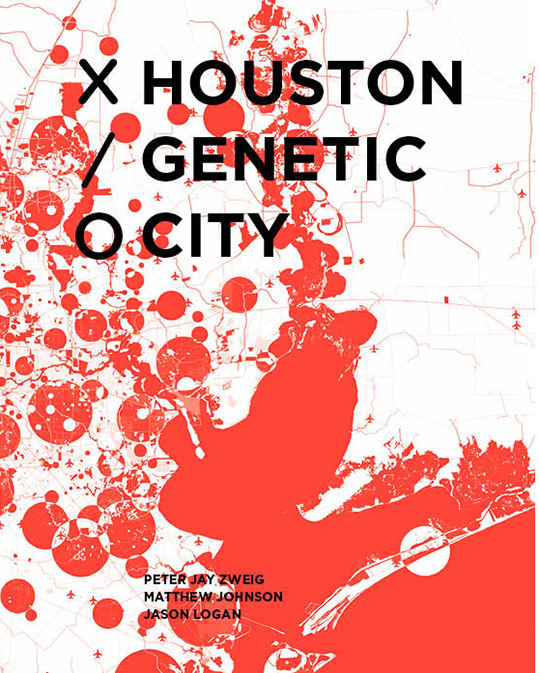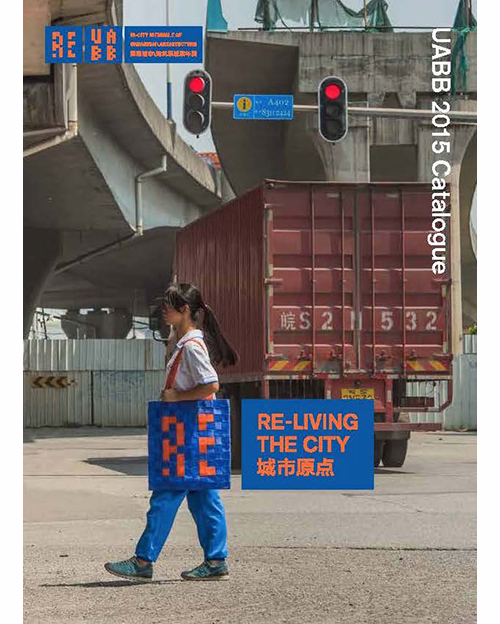
Tim de Wit payment 2
950,00€
Payment Tim de Wit
Description
Additional information
| Authors | Malkit Shoshan |
|---|---|
| excerpt | Focusing on two missions and four cities in Liberia and Mali, BLUE: Architecture of UN Peacekeeping Missions charts and uncovers spatial realities produced by the UN in mission areas. |
You may also like…


Imminent Commons: The Expanded City
Seoul Biennale of Architecture and Urbanism 2017
Alejandro Zaera-Polo, Jeffrey S. Anderson
As the second book of the Seoul Biennale of Architecture and Urbanism 2017, it presents contemporary urbanism thoughts on nine imminent commons, which engage collective ecological and technological resources relevant to all cities and even extra-urban territories.
Recent years have seen greatly increased political opposition between urban and rural areas, bordering on crisis. In order to avoid further aggravating this urban/rural polarization, we need to cultivate a discourse on urbanism that focuses on the interdependencies between cities and the greater ecologies of resources, technologies, and natural processes in which they are situated. The way we think about cities needs to expand significantly to incorporate their effects on global natural cycles, how they metabolize resources from rural areas, and their impact on both local and regional economies.
EBOOK EDITION
40,00€
Buy Ebook 

Un-Conscious-City
Wiel Arets
No one demands that people move to cities; people tend to do so, on their own. People choose to move to cities for opportunity. Such choices are often made unconsciously, as they are based on rules, traditions, and local communities–or a combination of all three. Un-Conscious-City explores and unravels Dutch architect Wiel Arets’ kaleidoscopic viewpoints on the ways the collective, unconscious decisions taken by the world’s citizens throughout time–a process that remains invisible to the naked eye–are now working to transform and shift the physical, sensory, and emotional experiences of human beings, as they navigate and live in today’s metropolises as well as the countryside.
People tend to only belong to one religion, one society, or one club–which completely defines their existence. One day most human beings will live in a globalnomadic-urban-condition; this will soon be amplified to unknown heights. Un-Conscious-City raises questions, predicaments, and ideals regarding the future of our cities, while recognizing their limitations. Wiel Arets–renowned architect, writer, and thinker–identifies this condition
32,00€
Buy Ebook 
Houston Genetic City
Peter Zweig, Matthew Johnson, Jason Logan
No city in the United States is synonymous with unbridled growth and land speculation as the sprawling Texas city of Houston. Though Houston is described as a city, its massive size makes it regional or even megaregional in scale—including a patchwork of satellite downtowns and suburbs, a vast floodplain of bayous and coastal prairie, as well as a long stretch of Gulf Coast. This fragile landscape is increasingly beset by global problems, from flooding to rampant growth to congestion. Its lack of zoning means ad hoc developments scatter across the landscape with little formal planning, where urban developments are always provisional and negotiable.
Houston Genetic City is a collaborative and speculative book about Houston’s future, and by extension the future of urbanism in unplanned cities globally. Using maps, photographs, timelines, and collages, the book lays out the conditions for new urbanization in this fragile landscape. We
49,00€
Buy Ebook 
Re-Living the City
UABB 2015 Catalogue
Aaron Betsky, Alfredo Brillembourg, Hubert Klumpner, Doreen Heng Liu
This richly illustrated book presents the exhibits and curatorial visions of the 2015 Shenzhen Biennale of Architecture and Urbanism (UABB), organized around the theme, Re-Living the City. It highlights the contributions of dozens of international architects, designers and artists, and offers 12 probing, original essays.
The projects and essays of UABB 2015, Re-Living the City, criticize the status quo of architecture and urbanism, but they also resist the false dream of designing a perfect city from scratch. Instead, they portray the city as the incremental product of its inhabitants and designers, who provisionally make and remake its fabric through various means at their disposal. Urbanization in the world’s fastest growing regions today has a dual character: officially-sanctioned, large-scale development shadowed by unregulated or ‘informal’ spaces built by disenfranchised migrants. UABB 2015 operates between these poles, seeking alternative paradigms to generate a
45,00€
Buy Ebook 


